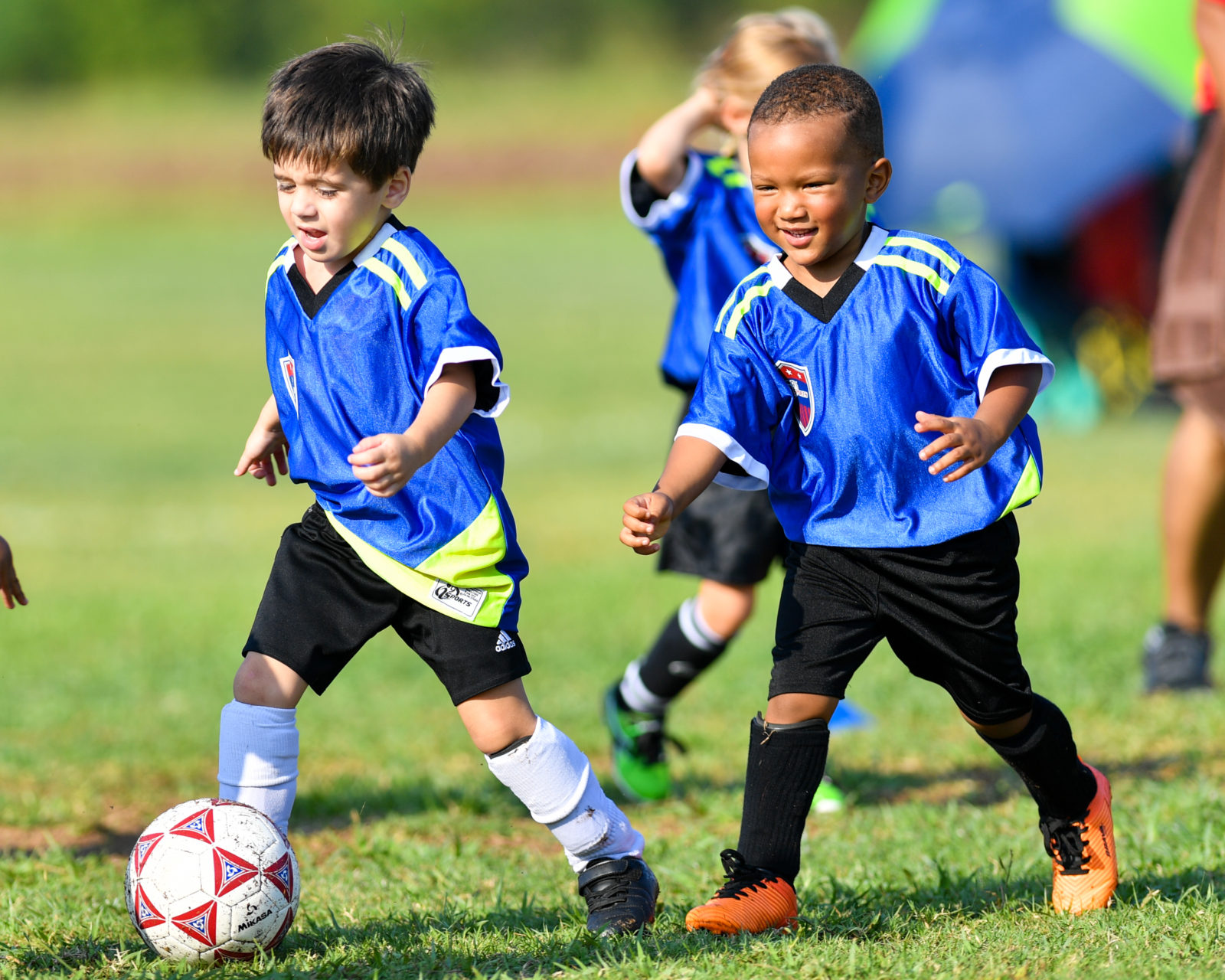
Sports are thrilling, competitive, and healthy—but they can also pose a serious risk to vision. Whether it’s a stray ball, an elbow, or flying debris, eye injuries are among the most common preventable hazards in athletics. By adopting proper safety practices and protective gear, patients (and parents of athletes) can enjoy sports while minimizing the risk to their eyes.
Why Eye Injuries Happen in Sports
High-speed impact: Balls, pucks, or projectiles can reach high velocity and deliver serious blows to the eye.
Contact or collisions: Physical sports like basketball, soccer, or hockey often involve elbows, sticks, or players’ bodies coming in contact with faces.
Foreign bodies or particles: Sports like woodworking, shooting, or racquet sports can generate debris or dust that can scratch or penetrate the eye.
Common Types of Sports-Related Eye Injuries
Corneal Abrasions: Scratches on the clear front surface of the eye caused by foreign particles or contact.
Hyphema: Bleeding in the anterior chamber of the eye, often from blunt trauma.
Retinal Detachment / Tears: Sudden jolt or trauma causing the retina to pull away from its normal position.
Orbit Fractures: Fractures of the bones around the eye socket, sometimes affecting the eye’s alignment or motion.
Traumatic Iritis / Uveitis: Inflammation inside the eye triggered by trauma.
Protective Measures & Best Practices
1. Use Approved Protective Eyewear
Polycarbonate or Trivex lenses are impact-resistant and ideal for sports.
Full-wrap or side-shield frames offer extra protection from glancing blows.
ASTM / ANSI sport safety certification ensures the eyewear meets safety standards.
2. Use Face Shields or Masks for High-Risk Sports
In sports like hockey, lacrosse, or racquetball, full-face masks or shields over goggles can help prevent facial and ocular injury.
3. Regular Eye Exams
Having up-to-date prescriptions ensures clarity in vision and proper fit of protective gear. Also allows monitoring for prior injury effects.
4. Educate Athletes and Coaches
Promote awareness of sports eye safety rules, such as not removing protective eyewear during play and safe behavior on the field.
5. Immediate Response to Injury
If an athlete experiences eye trauma—pain, blurring, floaters, light sensitivity—seek medical attention immediately. Avoid rubbing or applying pressure.
6. Consider Custom Sports Contact Lenses with Protective Coatings
For athletes who prefer contacts, adding an anti-scratch, impact-resistant coating helps protect the lenses and the eyes behind them.
Final Thoughts
Eyes are irreplaceable—once vision is lost, it’s permanent. By making sports eye safety a priority for athletes, coaches, and families, we can reduce the risk significantly. Encourage your patients involved in athletics to invest in quality protective eyewear and to treat even minor eye discomfort seriously.









